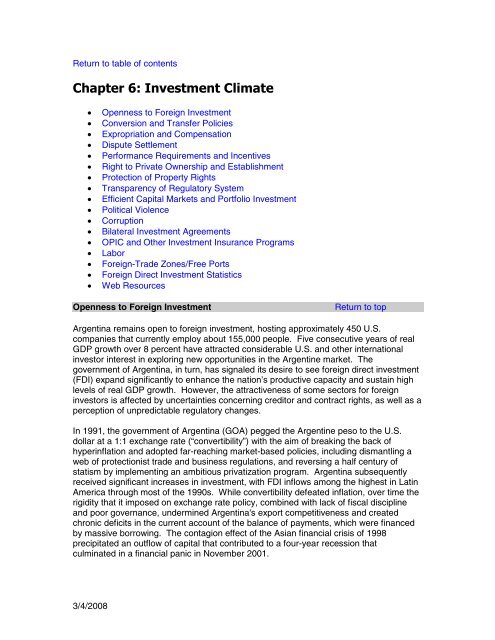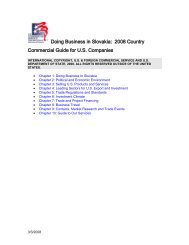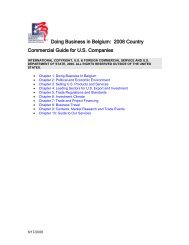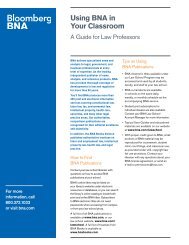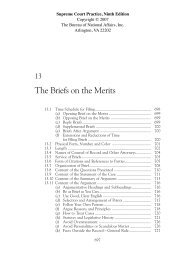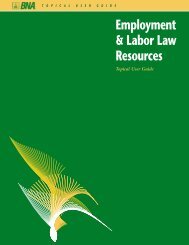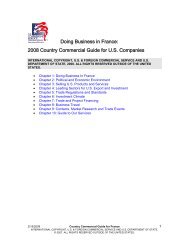You also want an ePaper? Increase the reach of your titles
YUMPU automatically turns print PDFs into web optimized ePapers that Google loves.
Return to table of contents<br />
Chapter 6: <strong>In</strong>vestment Climate<br />
3/4/2008<br />
Openness to Foreign <strong>In</strong>vestment<br />
Conversion and Transfer Policies<br />
Expropriation and Compensation<br />
Dispute Settlement<br />
Performance Requirements and <strong>In</strong>centives<br />
Right to Private Ownership and Establishment<br />
Protection of Property Rights<br />
Transparency of Regulatory System<br />
Efficient Capital Markets and Portfolio <strong>In</strong>vestment<br />
Political Violence<br />
Corruption<br />
Bilateral <strong>In</strong>vestment Agreements<br />
OPIC and Other <strong>In</strong>vestment <strong>In</strong>surance Programs<br />
Labor<br />
Foreign-Trade Zones/Free Ports<br />
Foreign Direct <strong>In</strong>vestment Statistics<br />
Web Resources<br />
Openness to Foreign <strong>In</strong>vestment Return to top<br />
<strong>Argentina</strong> remains open to foreign investment, hosting approximately 450 U.S.<br />
companies that currently employ about 155,000 people. Five consecutive years of real<br />
GDP growth over 8 percent have attracted considerable U.S. and other international<br />
investor interest in exploring new opportunities in the Argentine market. The<br />
government of <strong>Argentina</strong>, in turn, has signaled its desire to see foreign direct investment<br />
(FDI) expand significantly to enhance the nation’s productive capacity and sustain high<br />
levels of real GDP growth. However, the attractiveness of some sectors for foreign<br />
investors is affected by uncertainties concerning creditor and contract rights, as well as a<br />
perception of unpredictable regulatory changes.<br />
<strong>In</strong> 1991, the government of <strong>Argentina</strong> (GOA) pegged the Argentine peso to the U.S.<br />
dollar at a 1:1 exchange rate (“convertibility”) with the aim of breaking the back of<br />
hyperinflation and adopted far-reaching market-based policies, including dismantling a<br />
web of protectionist trade and business regulations, and reversing a half century of<br />
statism by implementing an ambitious privatization program. <strong>Argentina</strong> subsequently<br />
received significant increases in investment, with FDI inflows among the highest in Latin<br />
America through most of the 1990s. While convertibility defeated inflation, over time the<br />
rigidity that it imposed on exchange rate policy, combined with lack of fiscal discipline<br />
and poor governance, undermined <strong>Argentina</strong>'s export competitiveness and created<br />
chronic deficits in the current account of the balance of payments, which were financed<br />
by massive borrowing. The contagion effect of the Asian financial crisis of 1998<br />
precipitated an outflow of capital that contributed to a four-year recession that<br />
culminated in a financial panic in November 2001.


